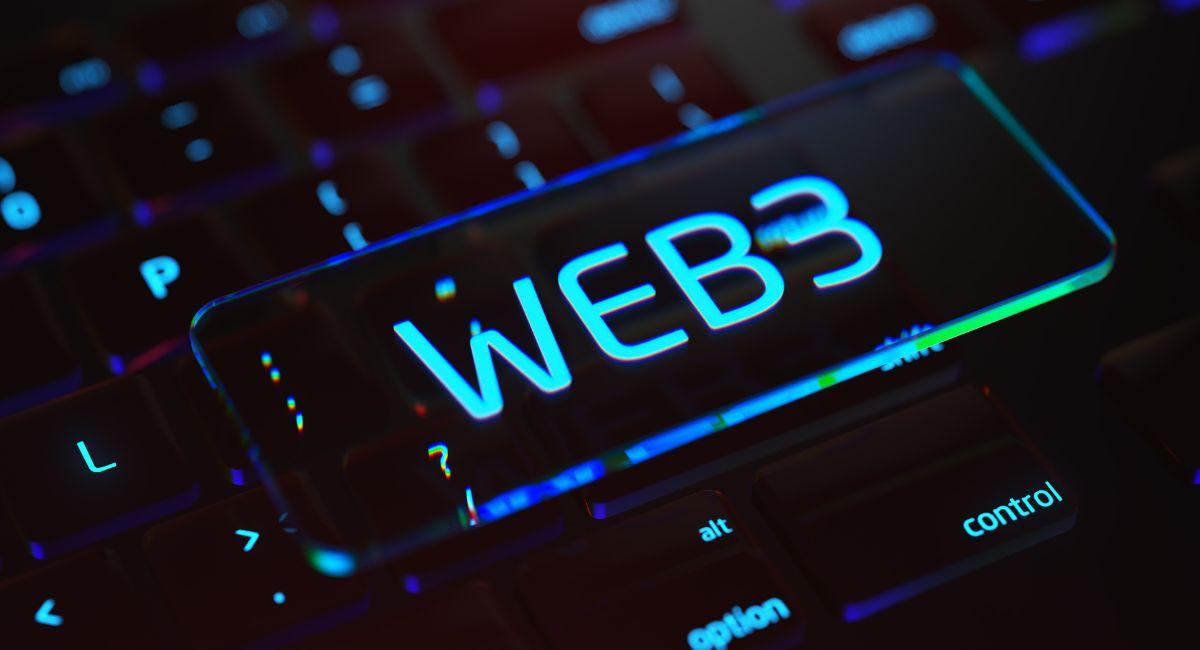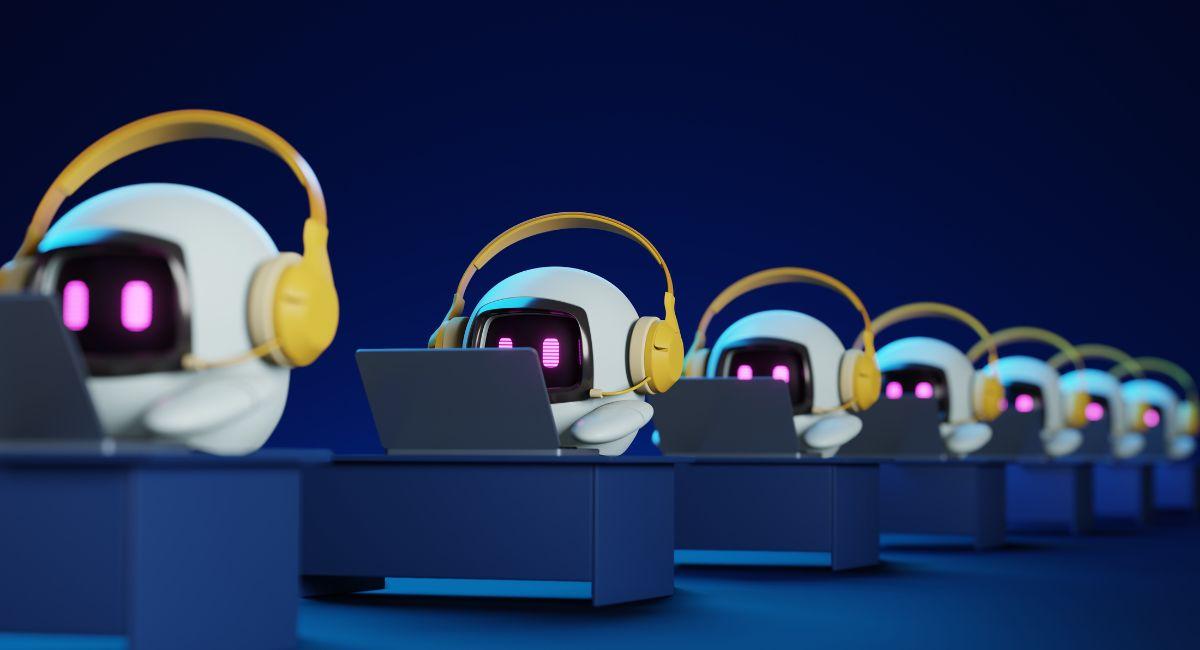Personal computers, once the pinnacle of technological interaction, are facing a potential challenger in the form of Web3. This new iteration of the internet promises a decentralized and user-centric future, fundamentally altering how we engage with technology. While personal computers offered a gateway to information and digital experiences, Web3 envisions a world where the internet itself becomes a seamlessly integrated environment. Let’s delve into how Web3 might reshape our interaction with technology compared to the limitations and strengths of personal computers.
From Isolated Machines to a Ubiquitous Web:
Personal computers revolutionized access to information. Yet, they were inherently isolated machines. Each desktop acted as a portal to the internet, but the experience remained confined to the physical device. Web3, on the other hand, aspires to create a ubiquitous web experience. Imagine a world where the internet isn’t just accessed through a screen, but woven into the fabric of our daily lives. Interactions can occur through wearable devices, smart glasses, or even brain-computer interfaces, blurring the lines between the physical and digital worlds.
How Web3 Might Reshape Our Interaction with Technology Compared to Computers

The personal computer (PC) revolutionized how we interact with technology. Web3, the next iteration of the internet, promises an even more transformative experience. Here’s a glimpse into 10 amazing ways Web3 might reshape our interaction with technology compared to PCs:
-
Decentralized Ownership: With PCs, you own the hardware and software, but not the underlying data. Web3, built on blockchains, empowers you to own your data and digital assets. Imagine a world where you truly own your music collection, in-game items, or even your online identity!
-
Frictionless Transactions: PC transactions often involve intermediaries, incurring fees and delays. Web3 introduces cryptocurrencies and smart contracts, enabling peer-to-peer transactions without intermediaries. Imagine buying concert tickets directly from the artist or instantly receiving royalties for your creative work!
-
Permissionless Innovation: Developing and deploying applications on PCs can be a complex and permission-gated process. Web3 opens the doors to permissionless innovation. Anyone can build and deploy applications on a decentralized network, fostering a more open and democratic internet.
-
Seamless Interoperability: Data and applications on PCs are often siloed. Web3 promotes interoperability, allowing data and applications to interact seamlessly across different platforms. Imagine using your gaming avatar across different games or carrying your social media reputation across different platforms!
-
Enhanced Security and Privacy: PCs are vulnerable to hacks and data breaches. Web3 leverages cryptography and blockchain technology to provide enhanced security and privacy. Imagine a world where your data is encrypted and under your control, not stored on vulnerable servers!
-
The Rise of the Metaverse: PCs provided a window to the digital world. Web3 paves the way for the metaverse, a persistent, immersive 3D virtual world. Imagine socializing, working, or even attending concerts in a virtual space that transcends geographical limitations!
-
The Creator Economy: PCs empowered content creation, but monetization remains challenging. Web3 fosters the creator economy by enabling creators to directly connect with their audience and earn from their work through tokens and NFTs. Imagine artists selling their work directly to fans or musicians receiving micropayments every time someone listens to their song!
-
Machine Learning on Steroids: PCs laid the foundation for machine learning. Web3 unlocks the potential for collaborative AI models trained on decentralized datasets. Imagine AI models that are constantly learning and improving through collective intelligence!
-
The Gamification of Everything: PCs introduced us to games. Web3 integrates gaming principles into various aspects of our lives – from learning to earning a living. Imagine earning points and badges for completing tasks or getting rewarded for your contributions to a decentralized network!
- The Democratization of Technology: PCs were a step towards democratizing technology access. Web3 promises a more inclusive future. Anyone with an internet connection can participate in the Web3 ecosystem, regardless of location or resources. Imagine a world where financial services, governance, and even internet infrastructure are accessible to all!
These are just a few ways Web3 might reshape our interaction with technology. While the future remains uncertain, Web3 holds immense potential to create a more open, secure, and equitable digital world.
Also, read – MS-DOS to Web3 – Top 10 Intriguing Parallels in the Perplexity of The Technological Mountains
Shifting Power Dynamics: Users vs. Tech Giants

-
From Data Subjects to Data Owners: Personal computers made us active participants in the digital world. Web3 empowers us to become data owners, not just subjects. We control how our data is used and can potentially profit from its value. Imagine a world where you get paid for the data you generate through your online activity! (Think targeted advertising, social media engagement, etc.)
-
Breaking Free from Walled Gardens: Tech giants often operate in “walled gardens,” controlling access to data and applications within their ecosystems. Web3 promotes open protocols and interoperable platforms. You won’t be locked into a single platform or service provider. Imagine seamlessly moving your data and social connections between different platforms, fostering greater competition and innovation.
-
Community-Driven Governance: Tech giants make unilateral decisions about their platforms. Web3 introduces Decentralized Autonomous Organizations (DAOs). These are user-owned and governed communities that manage applications and protocols collectively. Imagine having a say in how the platforms you use are developed and operated!
-
Transparency and Accountability: Tech giants’ algorithms and data practices are often opaque. Web3 leverages blockchain technology to provide transparency and accountability. Transactions and data changes are recorded immutably on a public ledger. Imagine knowing exactly how your data is being used and holding platforms accountable for their actions!
By shifting power dynamics from tech giants to users, Web3 has the potential to create a more user-centric internet experience that respects privacy, fosters innovation, and empowers individuals. It’s a future where users are not just consumers, but active participants and stakeholders in the digital world.
Beyond the Screen: A Multi-Sensory Experience
-
The Rise of Spatial Computing: PCs were confined to the desktop. Web3 opens the doors to spatial computing, where the digital world overlays or merges with the physical world. VR and AR will play a central role, enabling users to interact with information and applications in 3D spaces. Imagine attending virtual meetings in a shared space or learning a new skill through interactive AR simulations!
-
Beyond the Keyboard and Mouse: PCs primarily relied on keyboards and mice for interaction. Web3 opens the doors to a wider range of input methods. Wearable tech will allow for natural user interfaces (NUI) with voice commands, gesture-based controls, and even haptic feedback. Imagine interacting with the internet through voice commands or manipulating virtual objects with hand gestures!
-
A More Immersive Metaverse: The aforementioned points contribute to a more immersive metaverse experience. Not only will we be able to connect and interact in virtual spaces, but these interactions will feel more natural and engaging through multi-sensory inputs. Imagine feeling the texture of a virtual object you’re manipulating in VR or having a virtual assistant respond to your voice commands with natural inflections!
This shift towards multi-sensory interaction has profound implications for various aspects of our lives:
- Education: Imagine attending virtual classrooms with interactive 3D models or conducting immersive historical simulations.
- Work: Imagine collaborating with colleagues in a shared virtual workspace or attending meetings as holograms.
- Entertainment: Imagine experiencing concerts or sporting events from the front row in VR or exploring virtual worlds that feel real.
Web3’s potential to create a more immersive and interactive internet experience is truly exciting. It promises to blur the lines between the physical and digital worlds, fundamentally changing how we interact with technology and experience information.
Challenge of Accessibility:
- Fragmentation and the Digital Divide: You’re absolutely right. Web3’s decentralized nature can lead to fragmentation, with different blockchains and protocols creating new walled gardens. This could create a new digital divide if access requires significant technical expertise or expensive hardware.
Here are some potential solutions:
* **Interoperability Standards:** Efforts are underway to develop interoperability standards that allow different blockchains and dApps to communicate seamlessly. This would prevent fragmentation and ensure a more inclusive digital landscape.
* **User-Friendly Interfaces:** Simplifying user interfaces and creating user-friendly onramps are crucial for Web3 adoption. Imagine intuitive wallets and tools that abstract away the complexities of the underlying technology.
* **Digital Literacy Initiatives:** Bridging the digital divide requires ongoing efforts to improve digital literacy. Educational programs can equip people with the skills and knowledge to navigate the Web3 ecosystem effectively.
The Evolving Role of Personal Computers:
-
From Workhorses to Powerhouses: Personal computers won’t become obsolete in a Web3 world. They can evolve into powerful nodes within the ecosystem. Here are some possibilities:
- Running dApps: High-performance computers can be used to run decentralized applications (dApps), contributing to the processing power of the network.
- Blockchain Validation: Personal computers with strong processing capabilities can participate in blockchain validation processes, like Proof-of-Work mining (though this might become less relevant with alternative consensus mechanisms).
- Familiar Entry Point: For those apprehensive about a fully immersive Web3 experience, personal computers can still serve as a familiar entry point. Traditional web browsers can be used to interact with Web3 applications in a less intimidating way.
The future of personal computers in a Web3 world is likely to be one of collaboration and co-existence. While Web3 offers a more decentralized and user-centric paradigm, personal computers can leverage their capabilities to contribute to the infrastructure and user experience of the Web3 ecosystem.
The Road Ahead: A Collaborative Future
-
The Importance of Open Standards: Open standards will be crucial for ensuring interoperability and preventing fragmentation within the Web3 ecosystem. This will allow users to seamlessly interact with different applications and services without being locked into specific platforms.
-
The Role of Regulation: While Web3 thrives on decentralization, some level of regulation might be necessary to prevent fraud, scams, and manipulation. Finding the right balance between innovation and regulation will be key to fostering a safe and trustworthy Web3 environment.
-
The Human Touch in a Tech-Driven Future: Even in a Web3 world, the human touch will remain essential. Human-computer interaction (HCI) design principles will be crucial for creating user-friendly interfaces and ensuring that technology complements and empowers human capabilities.
In conclusion, Web3 represents a paradigm shift, not a replacement for personal computers. It’s an evolution towards a more open, collaborative, and user-centric future of technology interaction. By embracing the potential of Web3 while learning from the past, we can shape a future where technology empowers us to connect, create, and thrive in a more meaningful way.
Stay informed with daily updates from Blockchain Magazine on Google News. Click here to follow us and mark as favorite: [Blockchain Magazine on Google News].
Disclaimer: Any post shared by a third-party agency are sponsored and Blockchain Magazine has no views on any such posts. The views and opinions expressed in this post are those of the clients and do not necessarily reflect the official policy or position of Blockchain Magazine. The information provided in this post is for informational purposes only and should not be considered as financial, investment, or professional advice. Blockchain Magazine does not endorse or promote any specific products, services, or companies mentioned in this posts. Readers are encouraged to conduct their own research and consult with a qualified professional before making any financial decisions.